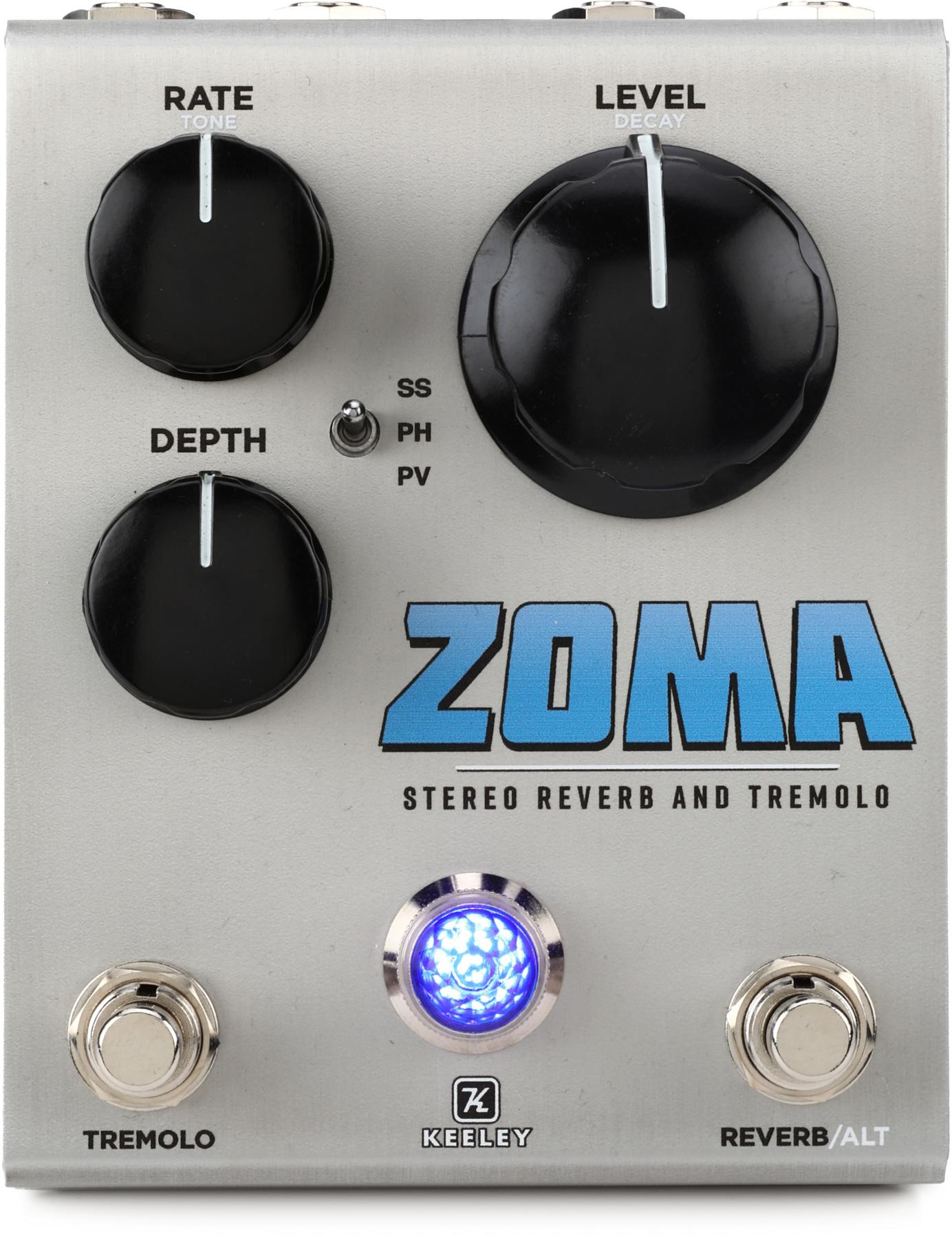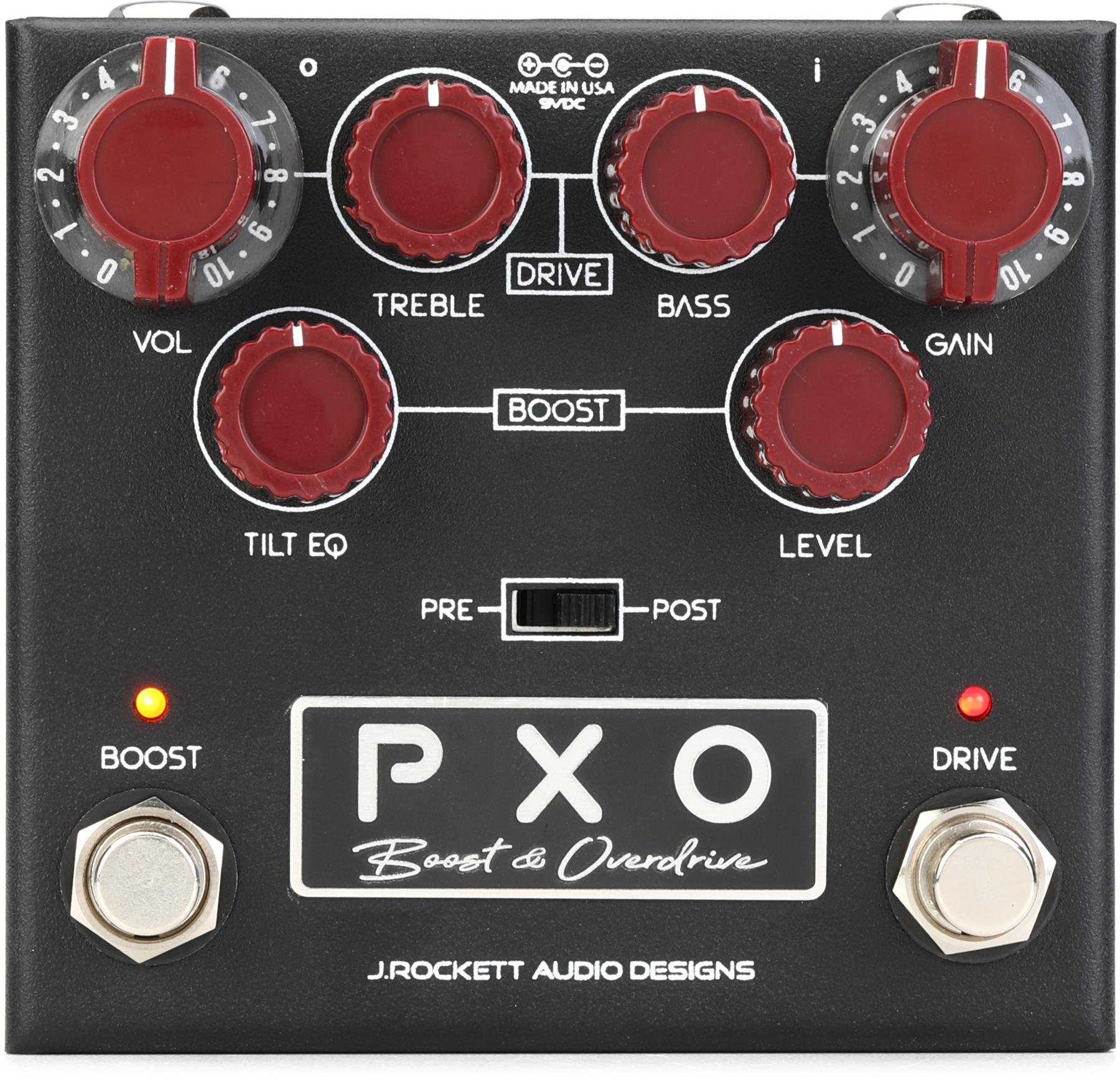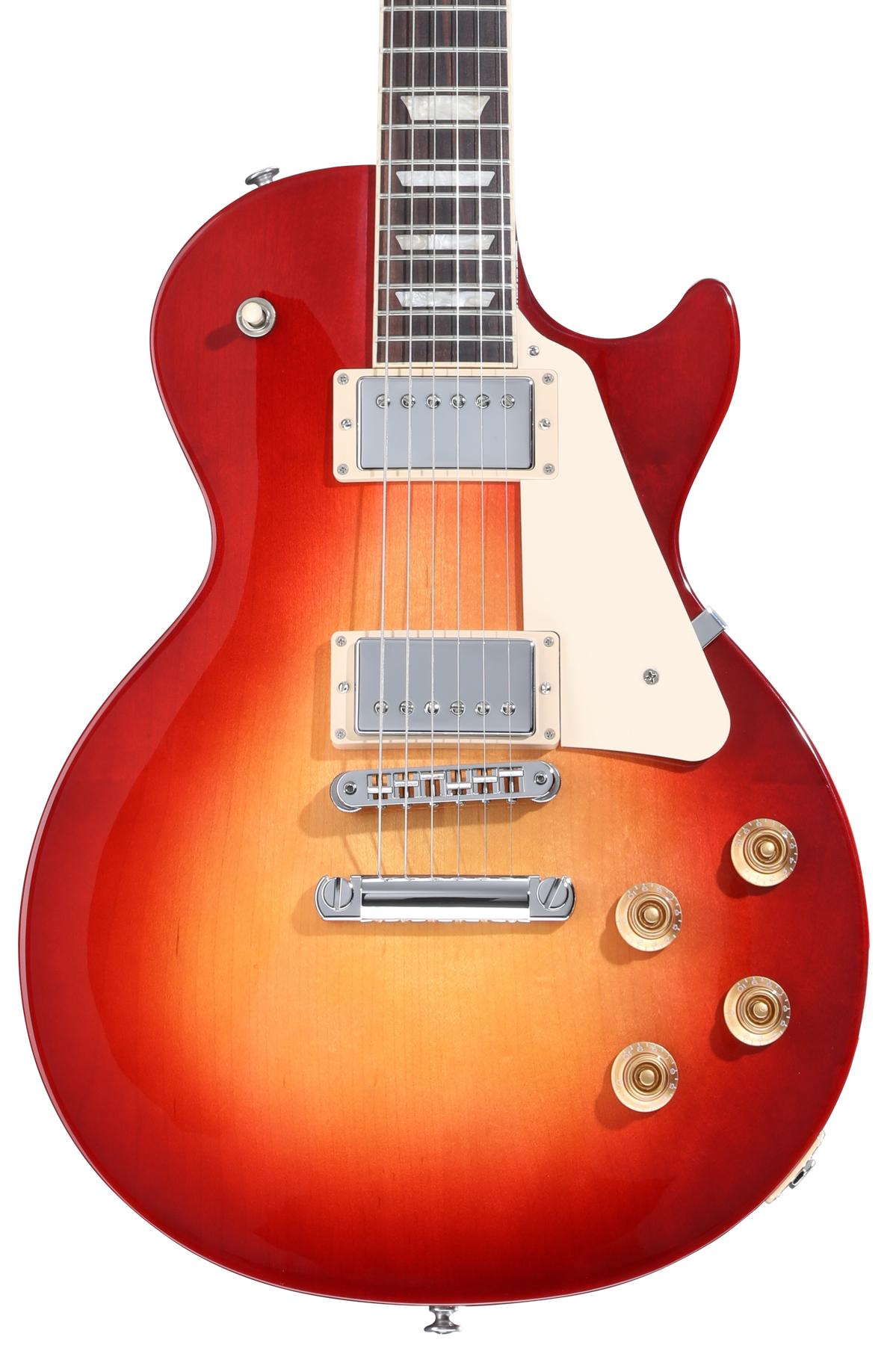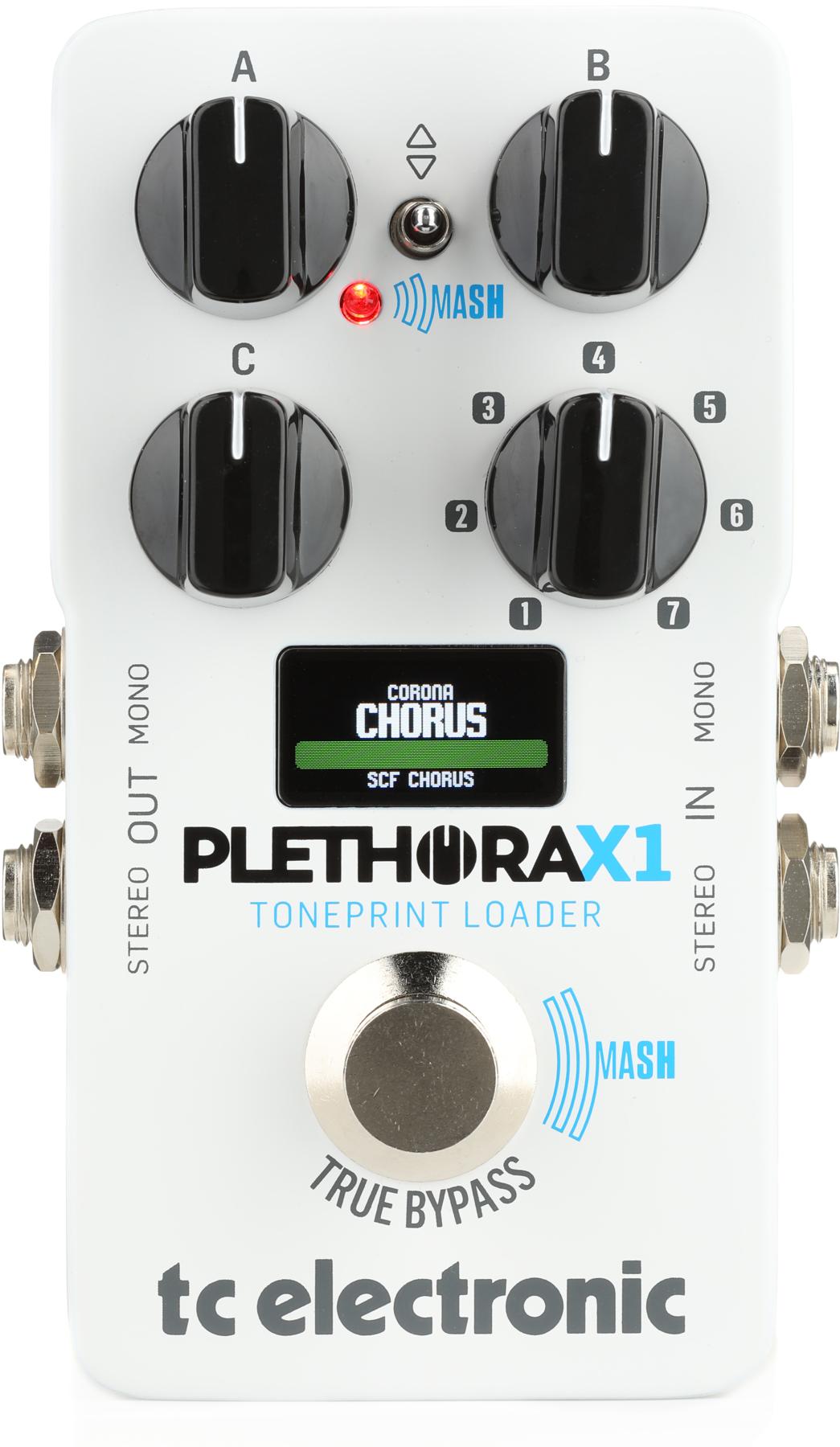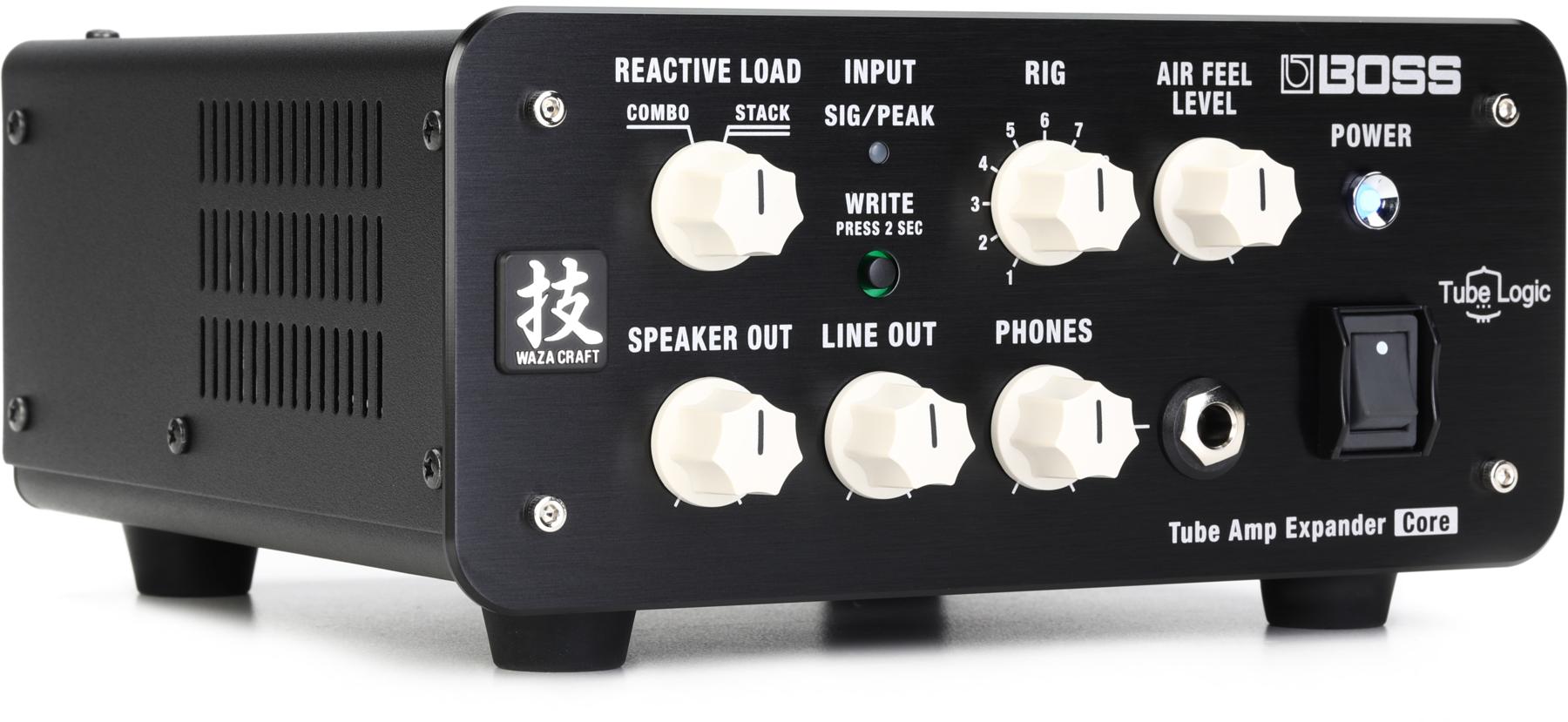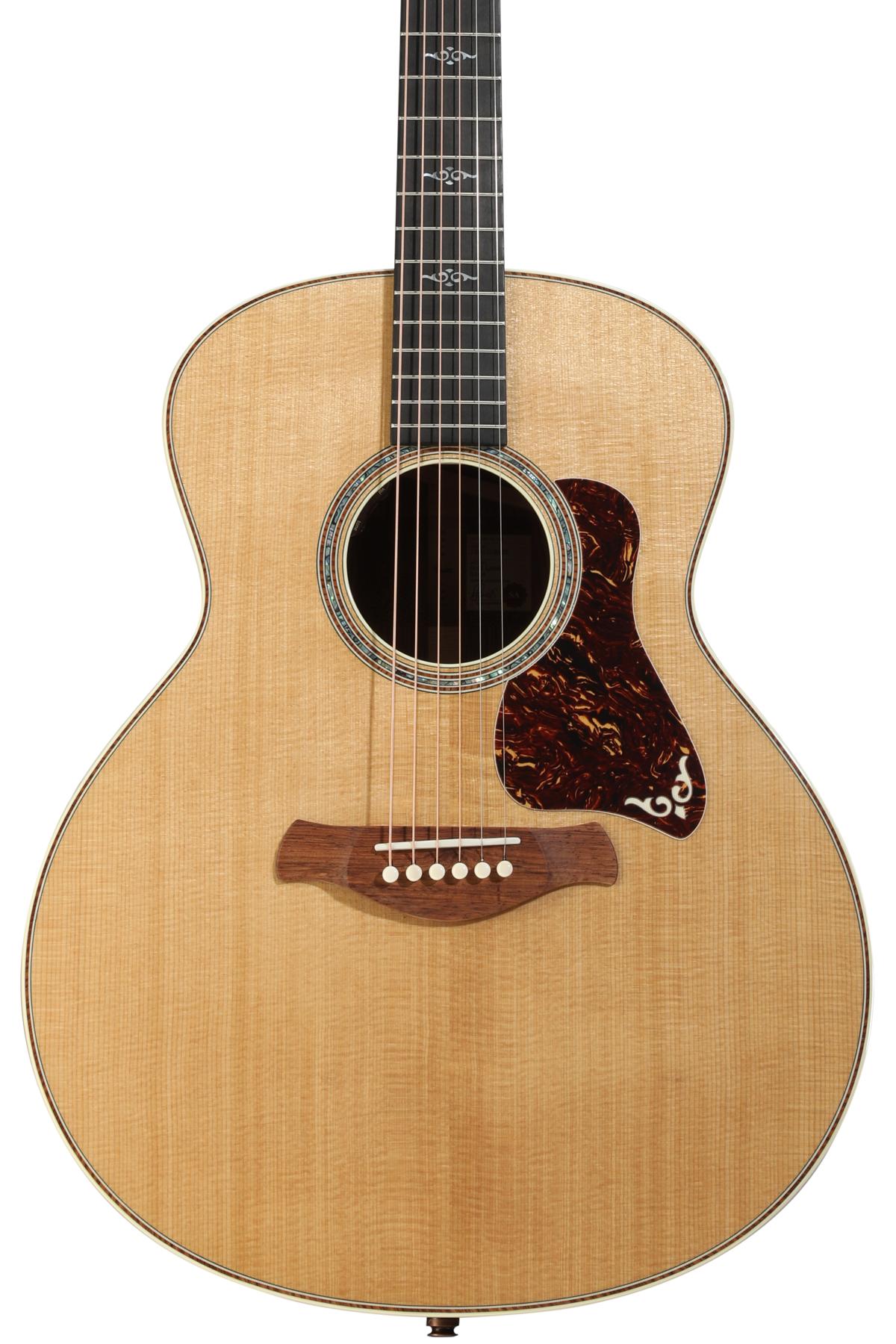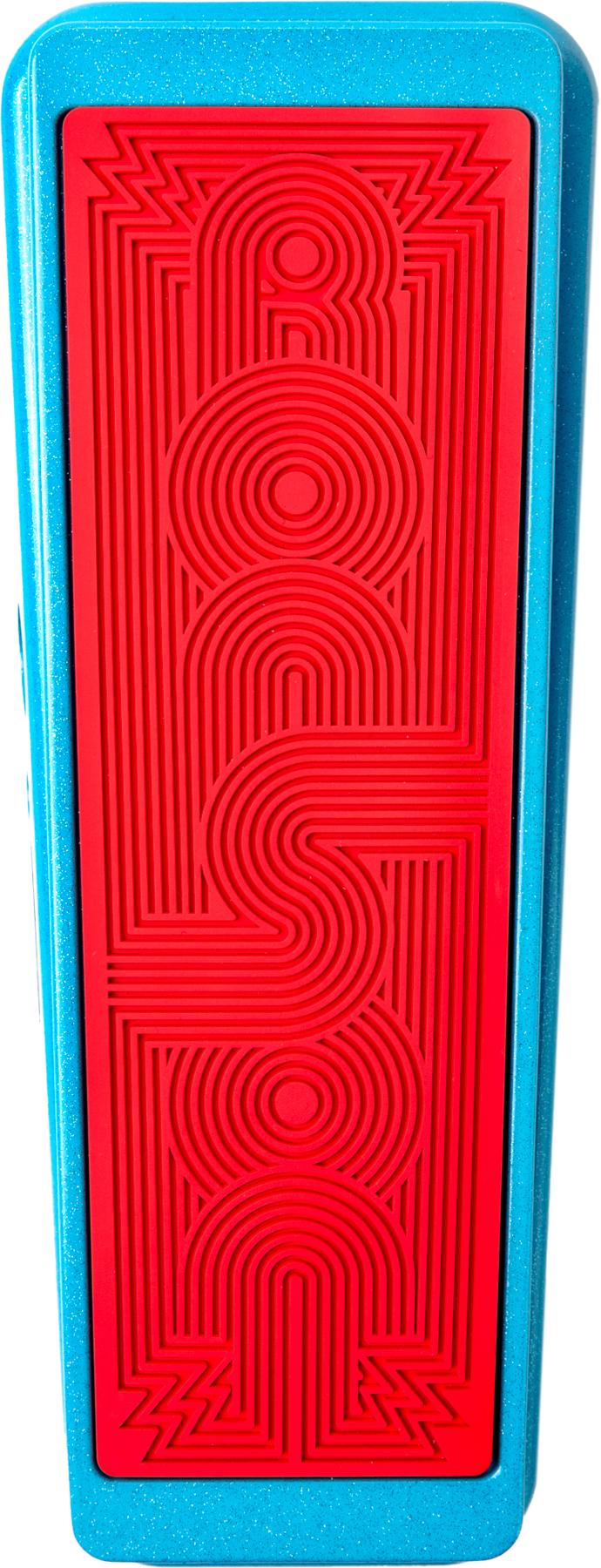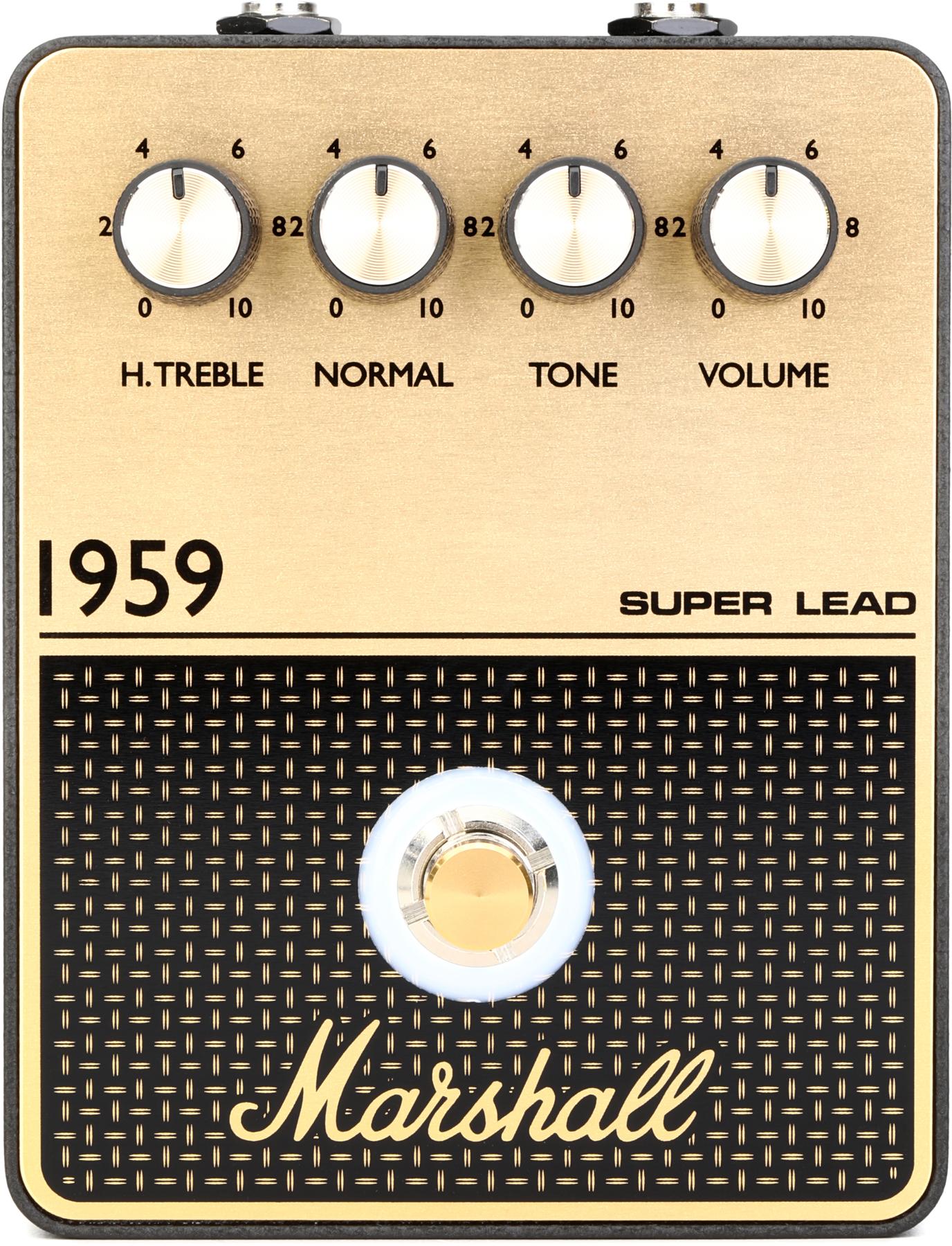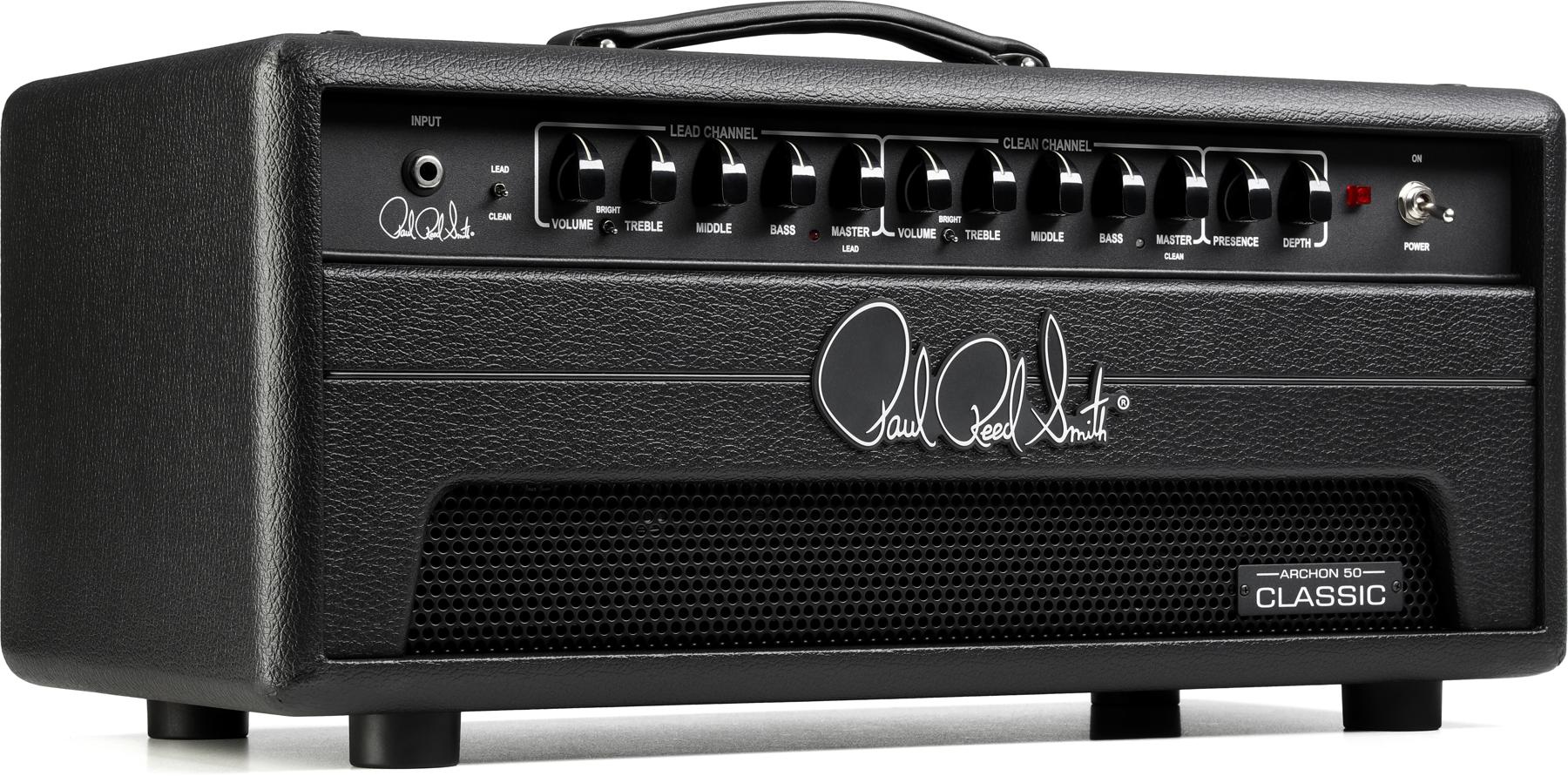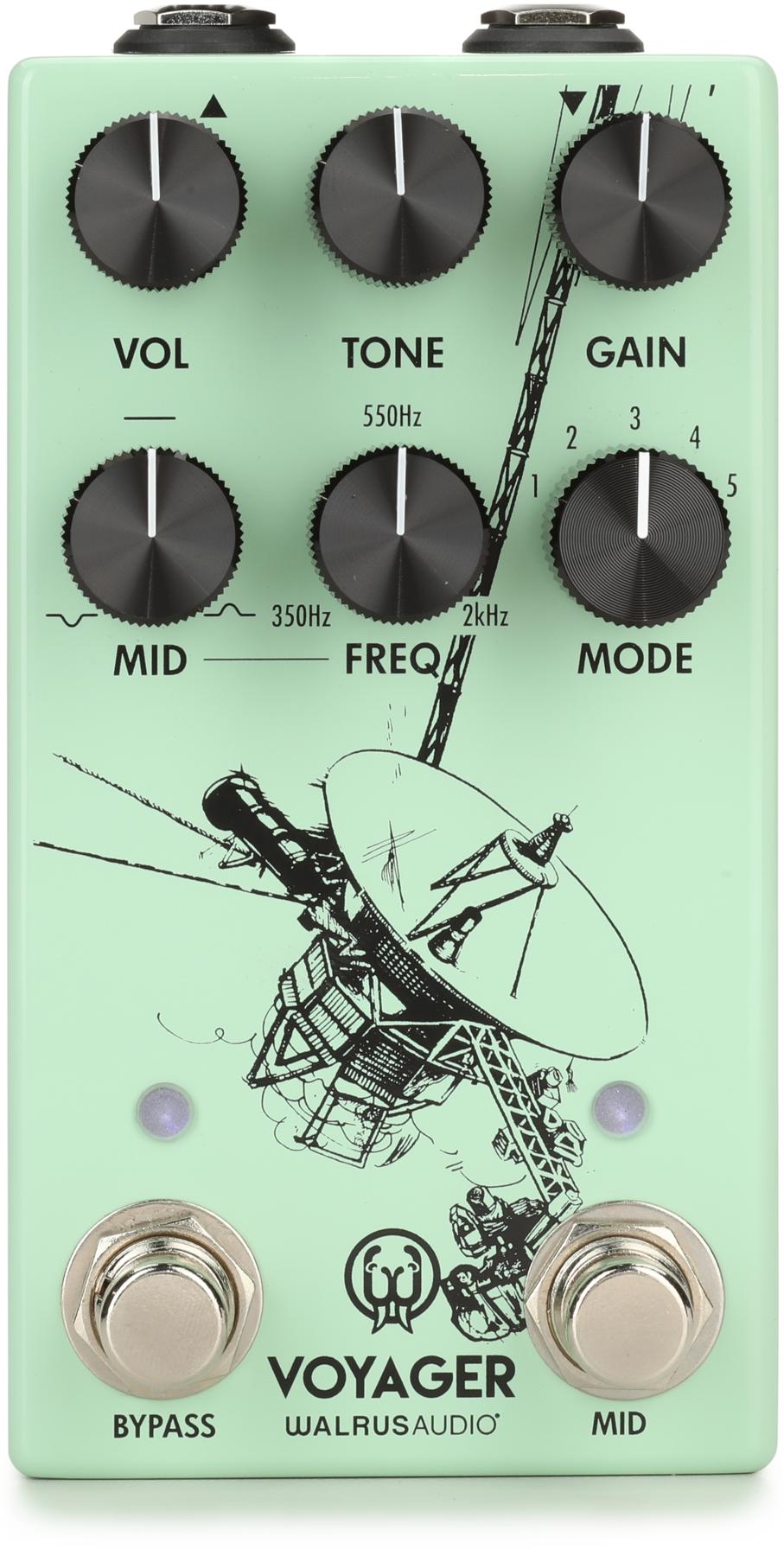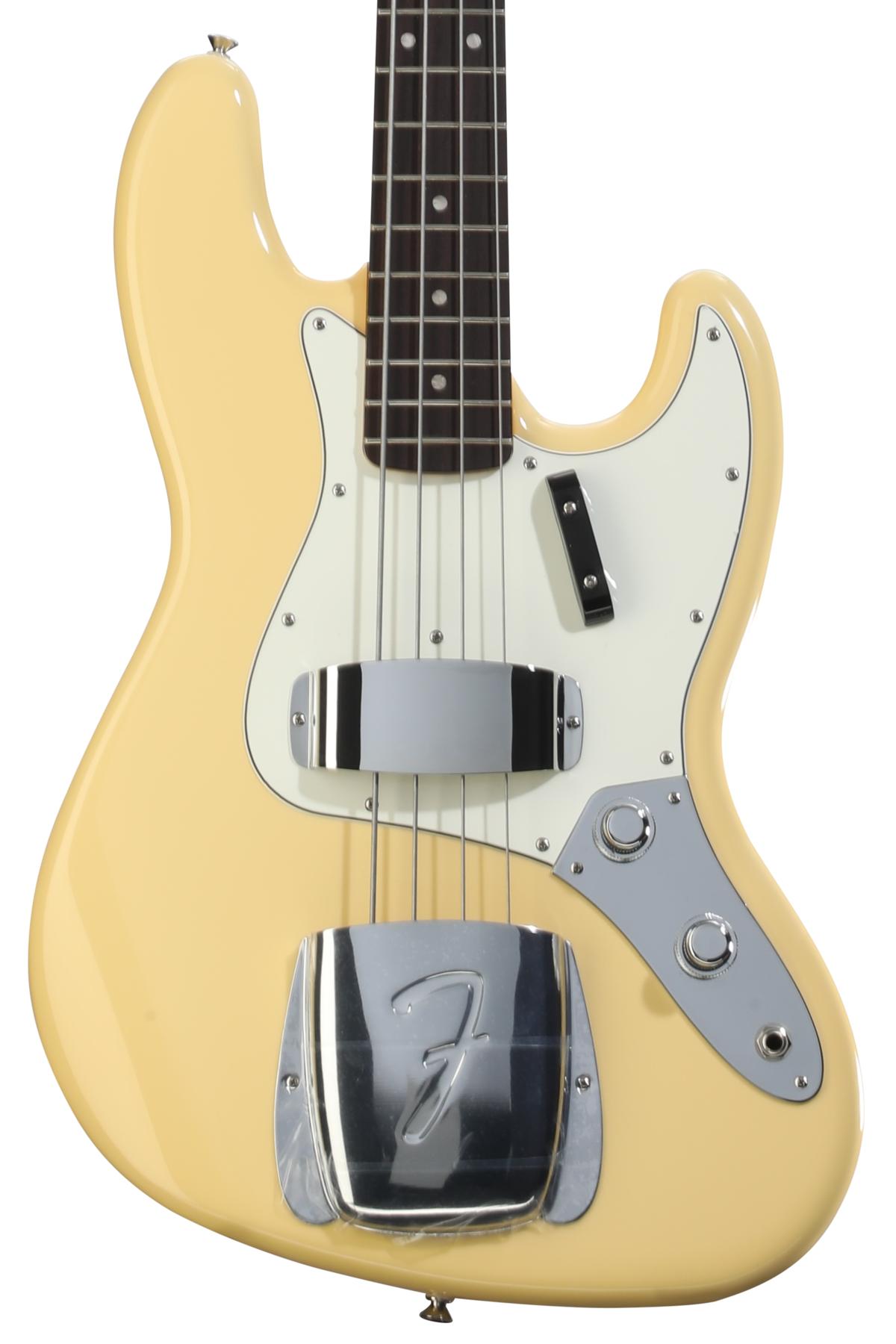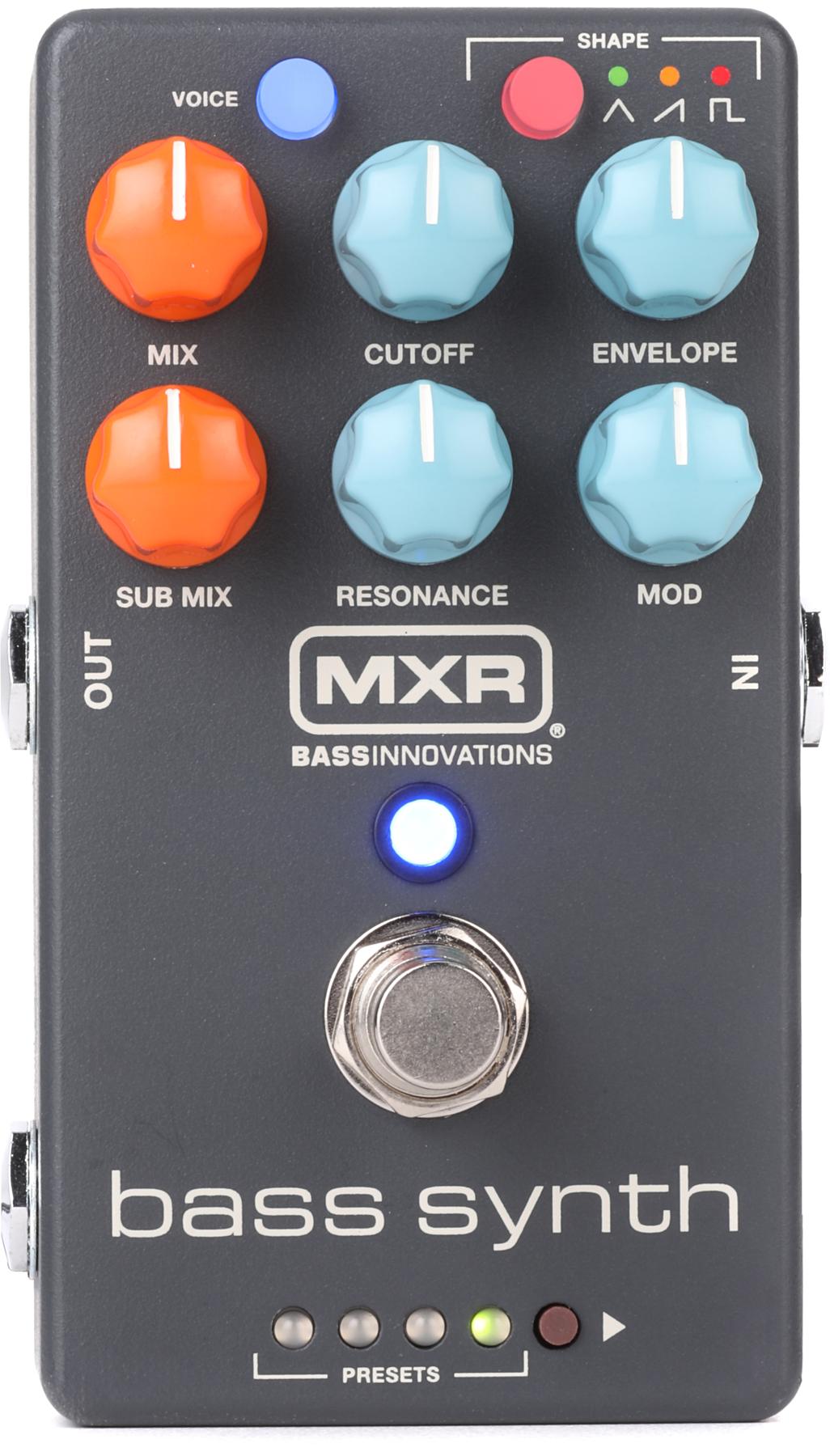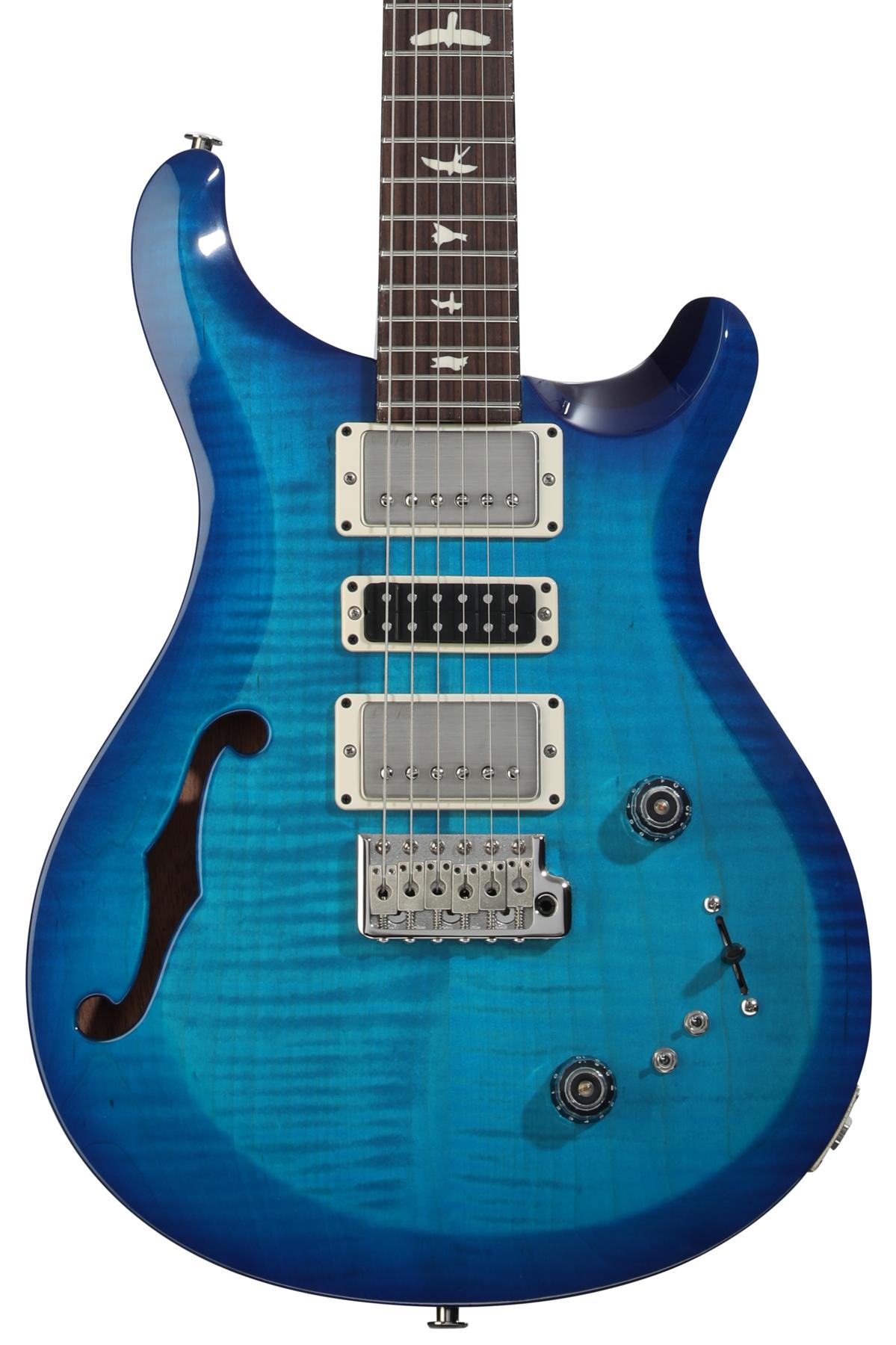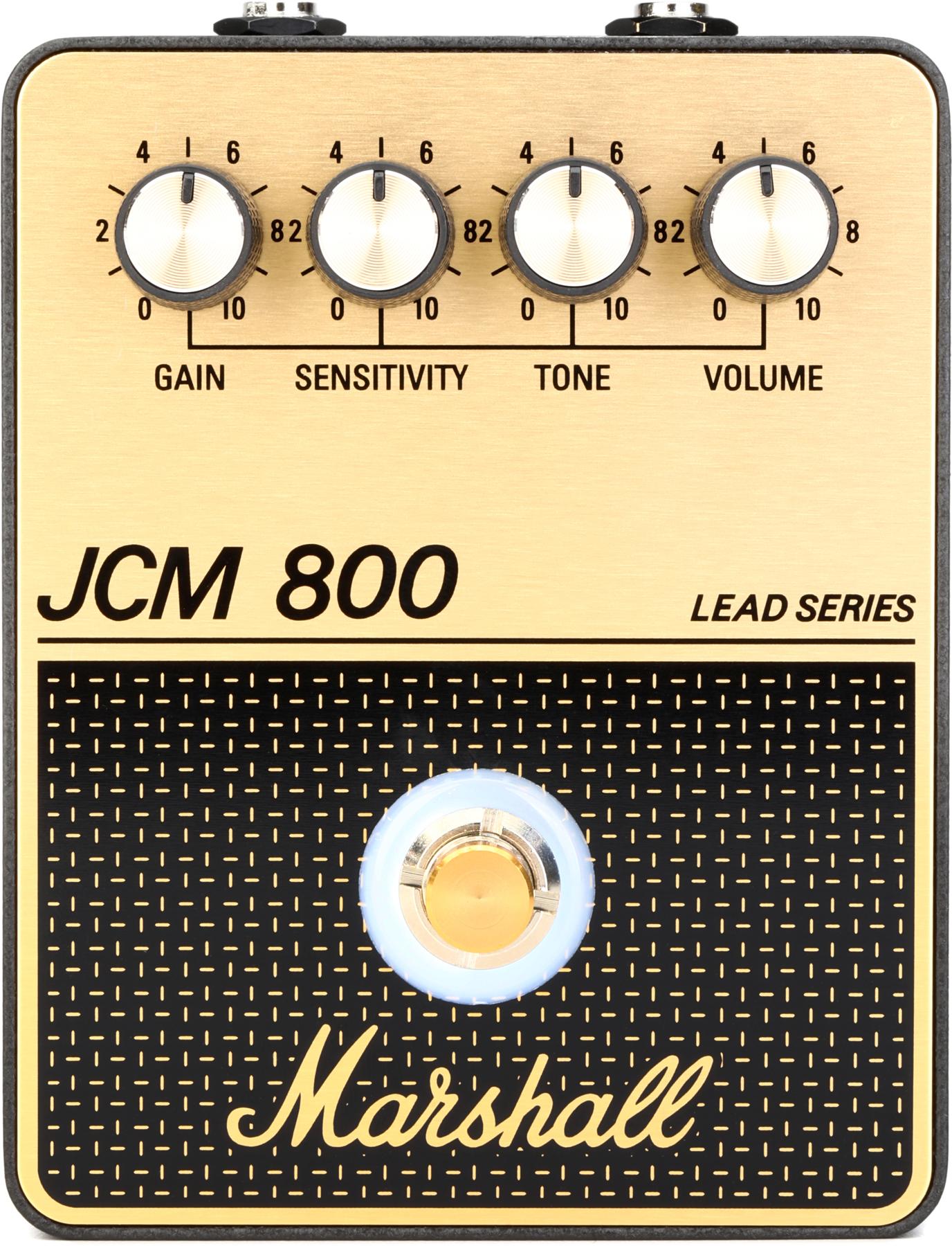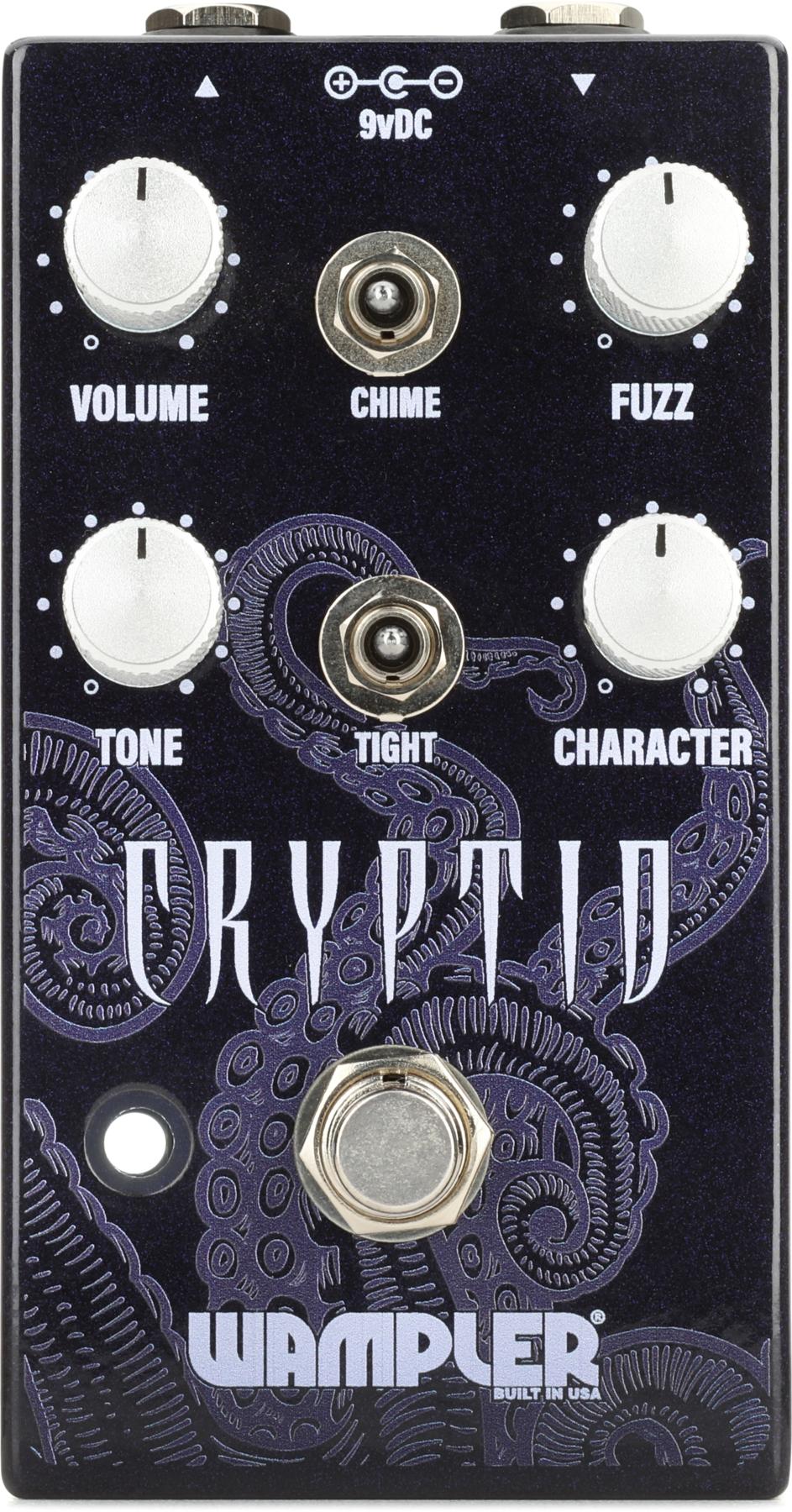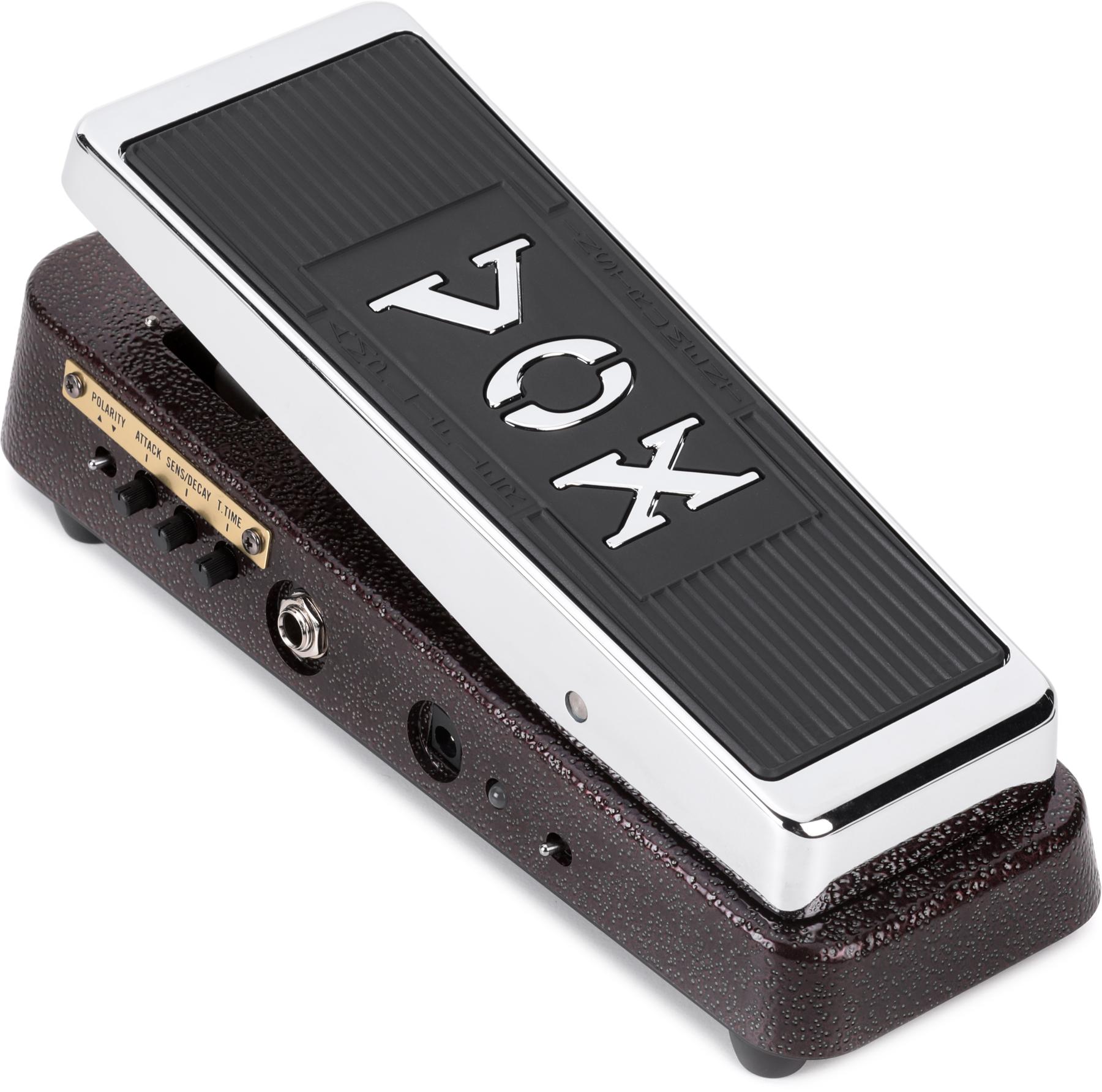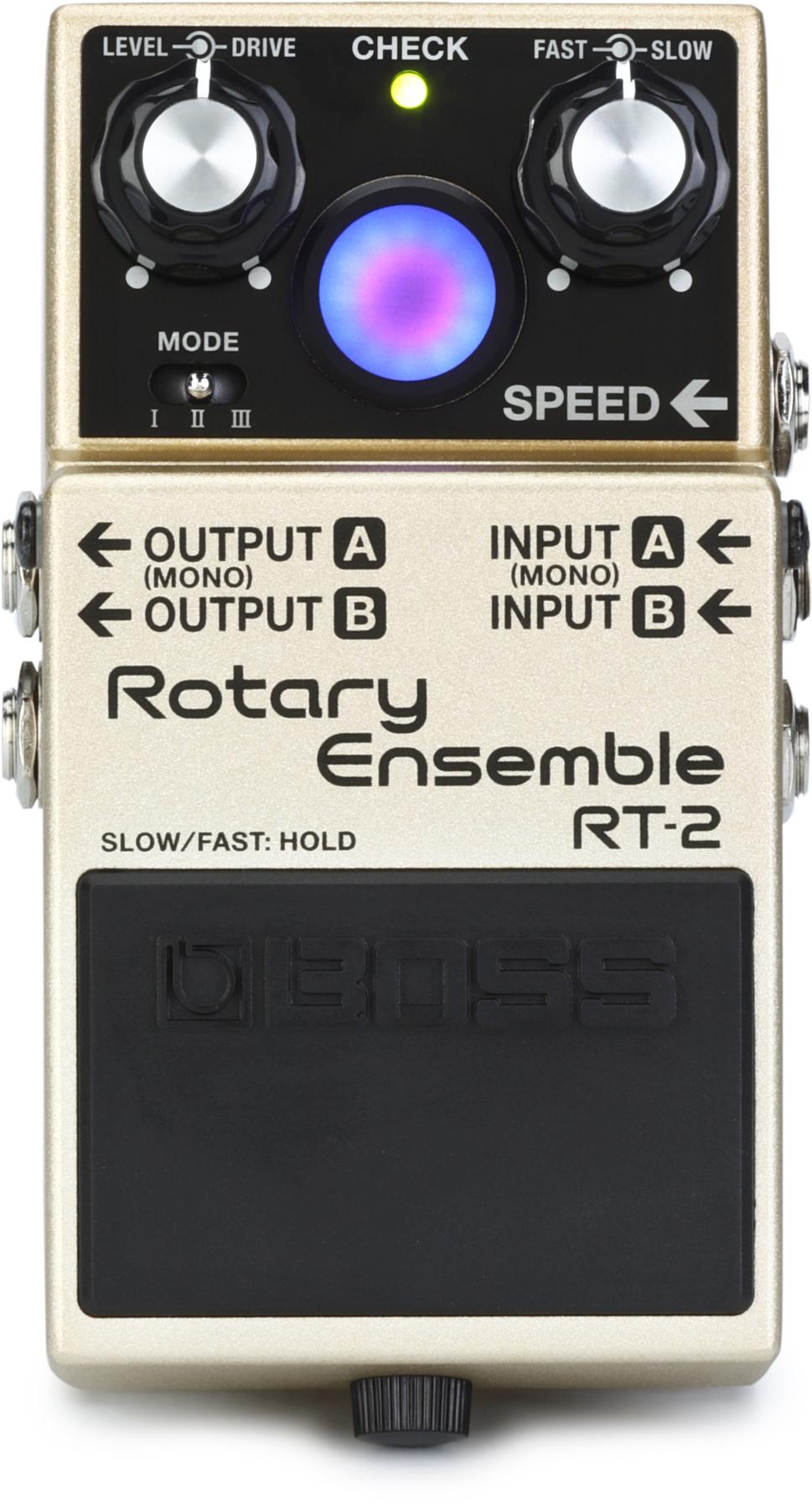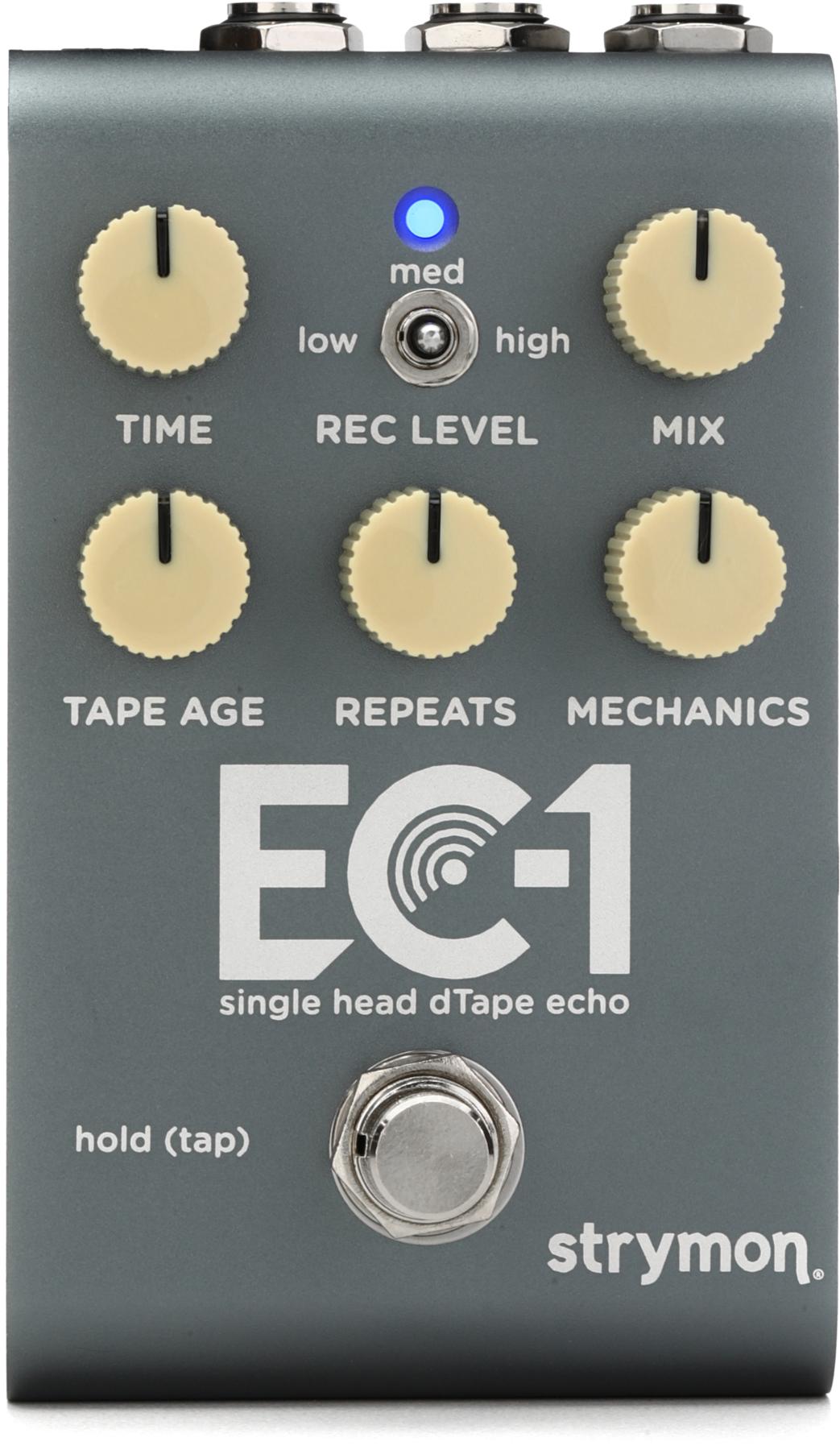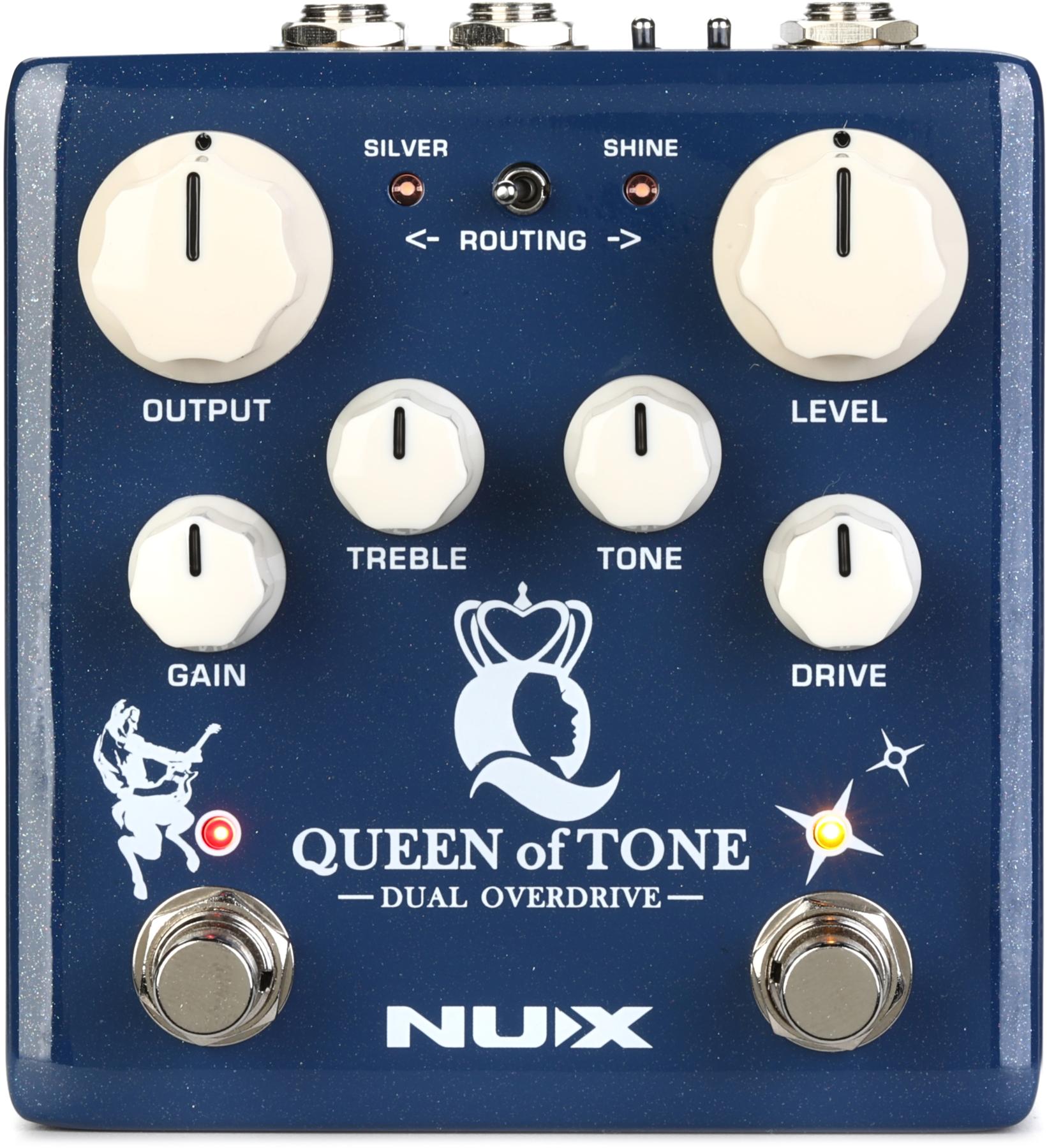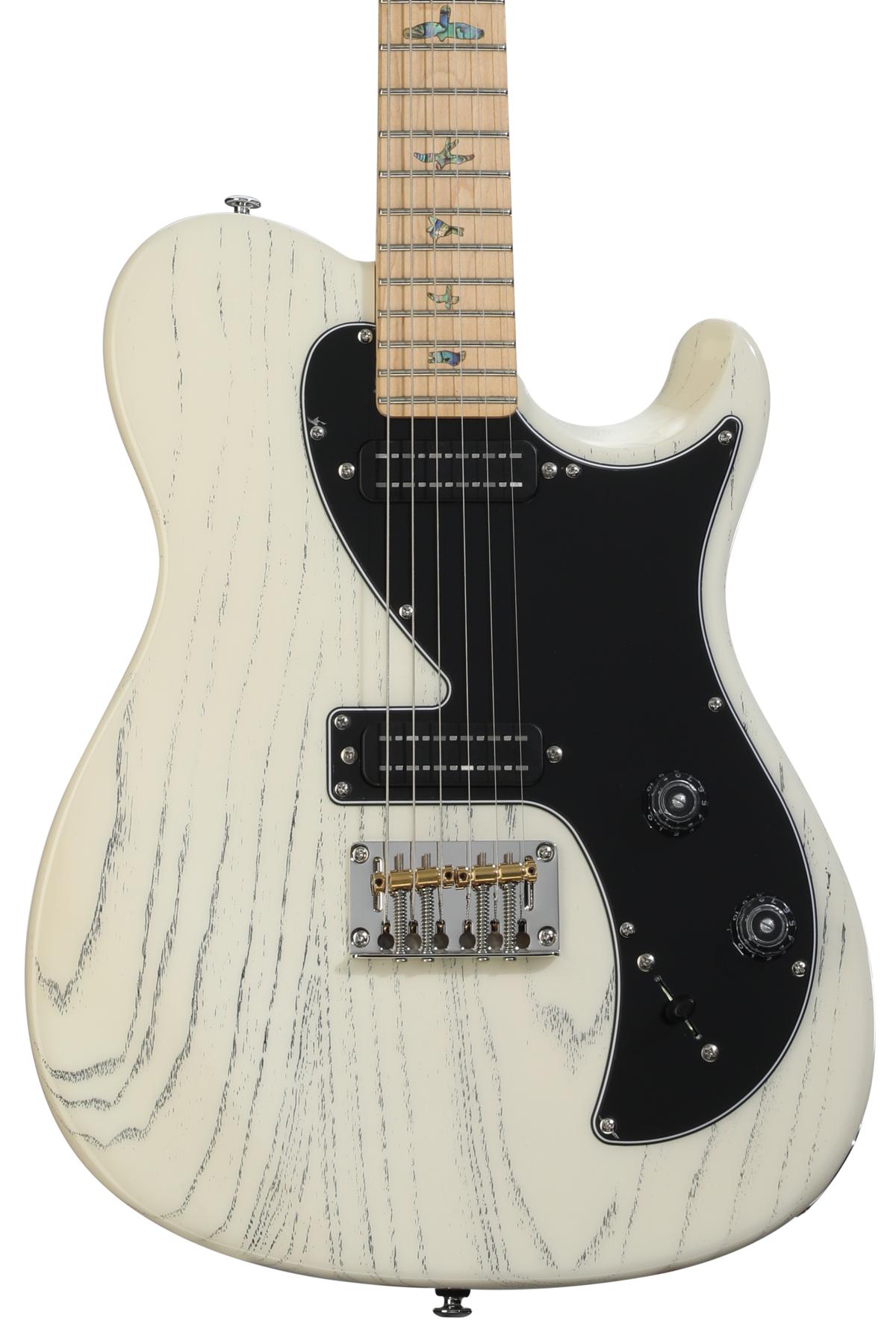Hey Zach:
I’ve got an early 1980s Boogie Mark amp and I’m trying to figure out exactly what model it is. It has the 5-band graphic EQ and the Simul-Class switch, so I think it is a Mark IIB. The clean channel has a really shimmering tone and breaks up a bit when pushed. Can you verify this and possibly estimate its current value? Thanks! —Allen in Detroit, Michigan
Hey Allen,
Mesa/Boogie is a true American success story. They’re one of the few long-time amp companies out there still building amps in the US under original ownership, and the company is continuing to evolve with new technology and ideas.
Founder Randall Smith spent a lot of time around electronics as a child. While he was in a band during the mid 1960s, he had the opportunity to fix a blown amp. After he successfully repaired that amp, Smith and his band decided to open a music repair shop that became the humble beginnings for Mesa/Boogie. At the time, Barry Melton was the lead guitarist for Country Joe & the Fish, and when Melton’s roadies asked Smith to modify a 12-watt, 1x10 Fender Princeton, he turned it into something like a 60-watt Fender Bassman driving a JBL D-120 12" speaker. Smith soon became known for his ability to hot-rod small combo amps and, in his words, “What started out as a joke became the foundation of the company.”
Smith’s shop was a popular place among the hippie musicians of the era, and one day Carlos Santana wandered into the store and played one of Smith’s modified Princetons. Santana loved the amp and is quoted as saying, “This little amp really boogies.” This comment ultimately led to the company’s “Boogie” moniker. Smith estimates he built around 200 of these modified Princetons before Fender figured out what he was up to and cut off his supply!
In 1970, Smith left the music shop and ventured out on his own. In order to obtain parts and supplies at wholesale prices, he started MESA Engineering. In the early 1970s, Smith began experimenting with new preamp designs to produce the type of gain and distortion guitarists were requesting. The result was what is now known as cascading gain, and it was incorporated into the very first Boogie production amp line—commonly referred to as the Mark I.
As Mesa/Boogie evolved during the 1970s and early 1980s, they made several changes to their little combo amps. To indicate the change in each new variation, Mesa began calling their amps the Mark I, Mark II, Mark IIB, Mark IIC, etc. The original Boogie had two channels, but there was no provision for switching between them without changing input jacks.
After building approximately 3000 of the Mark I models, Mesa introduced the Mark II in 1978. It had footswitchable channels and an optional 5-band graphic EQ. In 1980, Mesa introduced the Mark IIB, which had an effects loop, an expanded control panel that included Lead Drive and Lead Master controls, and their famous optional Simul-Class system.
The Mark IIC and IIC+ debuted in 1983, and they featured a quieter footswitch and a revised reverb circuit. The Mark IIC+ also had a revised lead channel and an effects loop. The Mark II series lasted through 1985, when it was replaced by the 3-channel Mark III series, which was produced through 1999.
Mesa/Boogie introduced the Mark IV in 1990, and it’s one of those amps that has everything except the kitchen sink. For Mesa’s 40th Anniversary, the innovative company introduced the Mark V, an amp that incorporates features from the Mark I, Mark IIC+, and Mark IV.
Based on the features of your amp—including the Lead Drive and Lead Master controls, and the 100- /60-watt power switch—I believe you’re correct that it is a Mark IIB (but without Simul-Class). That means it was produced between 1980 and 1983. Mesa has extremely detailed records, so you can contact the company and provide them with the serial number to figure out exactly when your amp was built.
There are several misconceptions about the exact meaning of Mesa’s model designations, such as the “+” portion of the Mark IIC+. It is very important to note that each model designation indicated an overall design change and not a specific feature or option (such as EQ or reverb). Mesa often built amps to customers’ requests, so it is very common to find each model variation with different features. It is also quite common to find these Boogie amplifiers heavily modified from their original configuration.
As you’ve probably heard from many Mesa/Boogie users, each Mark model has a different sound, and these differences affect the overall value. The Mark I is popular because it is the original Boogie. Many players love the clean channel on the Mark II and Mark IIB because of how it breaks up slightly when turned up. The Mark IIC/C+ is probably the most collectible Boogie, because the circuitry had been refined to what many consider optimal settings, yet it’s still simple to operate. The Mark III is less popular because the new channel design didn’t work the way many users had hoped. The Mark IV and Mark V are still so new that not much of a collectible market has been established yet. Another thing to keep in mind is that, Boogies with wood cabinets (like yours) are much more valuable than those with vinyl coverings.
Your amp appears to be in excellent overall condition and is currently valued between $1300 and $1600 in the vintage amp market. This Mesa/ Boogie is a great example of the American dream amplified, and it should be a reliable treasure for years to come.
 Zachary R. Fjestad
is author of Blue Book of
Acoustic Guitars, Blue Book
of Electric Guitars, and Blue
Book of Guitar Amplifiers.
For more information, visit
bluebookinc.com or email
Zach at guitars@bluebookinc.com.
Zachary R. Fjestad
is author of Blue Book of
Acoustic Guitars, Blue Book
of Electric Guitars, and Blue
Book of Guitar Amplifiers.
For more information, visit
bluebookinc.com or email
Zach at guitars@bluebookinc.com.
I’ve got an early 1980s Boogie Mark amp and I’m trying to figure out exactly what model it is. It has the 5-band graphic EQ and the Simul-Class switch, so I think it is a Mark IIB. The clean channel has a really shimmering tone and breaks up a bit when pushed. Can you verify this and possibly estimate its current value? Thanks! —Allen in Detroit, Michigan
Hey Allen,
Mesa/Boogie is a true American success story. They’re one of the few long-time amp companies out there still building amps in the US under original ownership, and the company is continuing to evolve with new technology and ideas.
Founder Randall Smith spent a lot of time around electronics as a child. While he was in a band during the mid 1960s, he had the opportunity to fix a blown amp. After he successfully repaired that amp, Smith and his band decided to open a music repair shop that became the humble beginnings for Mesa/Boogie. At the time, Barry Melton was the lead guitarist for Country Joe & the Fish, and when Melton’s roadies asked Smith to modify a 12-watt, 1x10 Fender Princeton, he turned it into something like a 60-watt Fender Bassman driving a JBL D-120 12" speaker. Smith soon became known for his ability to hot-rod small combo amps and, in his words, “What started out as a joke became the foundation of the company.”
Smith’s shop was a popular place among the hippie musicians of the era, and one day Carlos Santana wandered into the store and played one of Smith’s modified Princetons. Santana loved the amp and is quoted as saying, “This little amp really boogies.” This comment ultimately led to the company’s “Boogie” moniker. Smith estimates he built around 200 of these modified Princetons before Fender figured out what he was up to and cut off his supply!
In 1970, Smith left the music shop and ventured out on his own. In order to obtain parts and supplies at wholesale prices, he started MESA Engineering. In the early 1970s, Smith began experimenting with new preamp designs to produce the type of gain and distortion guitarists were requesting. The result was what is now known as cascading gain, and it was incorporated into the very first Boogie production amp line—commonly referred to as the Mark I.
As Mesa/Boogie evolved during the 1970s and early 1980s, they made several changes to their little combo amps. To indicate the change in each new variation, Mesa began calling their amps the Mark I, Mark II, Mark IIB, Mark IIC, etc. The original Boogie had two channels, but there was no provision for switching between them without changing input jacks.
After building approximately 3000 of the Mark I models, Mesa introduced the Mark II in 1978. It had footswitchable channels and an optional 5-band graphic EQ. In 1980, Mesa introduced the Mark IIB, which had an effects loop, an expanded control panel that included Lead Drive and Lead Master controls, and their famous optional Simul-Class system.
The Mark IIC and IIC+ debuted in 1983, and they featured a quieter footswitch and a revised reverb circuit. The Mark IIC+ also had a revised lead channel and an effects loop. The Mark II series lasted through 1985, when it was replaced by the 3-channel Mark III series, which was produced through 1999.
Mesa/Boogie introduced the Mark IV in 1990, and it’s one of those amps that has everything except the kitchen sink. For Mesa’s 40th Anniversary, the innovative company introduced the Mark V, an amp that incorporates features from the Mark I, Mark IIC+, and Mark IV.
Based on the features of your amp—including the Lead Drive and Lead Master controls, and the 100- /60-watt power switch—I believe you’re correct that it is a Mark IIB (but without Simul-Class). That means it was produced between 1980 and 1983. Mesa has extremely detailed records, so you can contact the company and provide them with the serial number to figure out exactly when your amp was built.
There are several misconceptions about the exact meaning of Mesa’s model designations, such as the “+” portion of the Mark IIC+. It is very important to note that each model designation indicated an overall design change and not a specific feature or option (such as EQ or reverb). Mesa often built amps to customers’ requests, so it is very common to find each model variation with different features. It is also quite common to find these Boogie amplifiers heavily modified from their original configuration.
As you’ve probably heard from many Mesa/Boogie users, each Mark model has a different sound, and these differences affect the overall value. The Mark I is popular because it is the original Boogie. Many players love the clean channel on the Mark II and Mark IIB because of how it breaks up slightly when turned up. The Mark IIC/C+ is probably the most collectible Boogie, because the circuitry had been refined to what many consider optimal settings, yet it’s still simple to operate. The Mark III is less popular because the new channel design didn’t work the way many users had hoped. The Mark IV and Mark V are still so new that not much of a collectible market has been established yet. Another thing to keep in mind is that, Boogies with wood cabinets (like yours) are much more valuable than those with vinyl coverings.
Your amp appears to be in excellent overall condition and is currently valued between $1300 and $1600 in the vintage amp market. This Mesa/ Boogie is a great example of the American dream amplified, and it should be a reliable treasure for years to come.
 Zachary R. Fjestad
is author of Blue Book of
Acoustic Guitars, Blue Book
of Electric Guitars, and Blue
Book of Guitar Amplifiers.
For more information, visit
bluebookinc.com or email
Zach at guitars@bluebookinc.com.
Zachary R. Fjestad
is author of Blue Book of
Acoustic Guitars, Blue Book
of Electric Guitars, and Blue
Book of Guitar Amplifiers.
For more information, visit
bluebookinc.com or email
Zach at guitars@bluebookinc.com.



















